Simple SQL triggered API call without building a code project
I know this is far from perfect or architectural purity, but I had a customer with a short term, critical need to integrate with a third party product via an immature API (no wsdl)
I basically needed to call the API when a database event occurred.
I was given basic call info - URL, method, data elements and Token, but no wsdl or other start to import into a code project. All recommendations and solutions seemed start with that import.
I used the ARC (Advanced Rest Client) Chrome extension and JaSON to test the interaction with the Service from a browser and refine the call.
That gave me the tested, raw call structure and response and let me play with the API quickly. From there, I started trying to generate the wsdl or xsd from the json using online conversions but decided that was going to take too long to get working, so I found cURL (clouds part, music plays). cURL allowed me to send the API calls to a local manager from anywhere. I then broke a few more design rules and built a trigger that queued the DB events and a SQL stored procedure and scheduled task to pass the parameters to cURL and make the calls.
I initially had the trigger calling XP_CMDShell (I know, booo) but didn't like the transactional implications or security issues, so switched to the Stored Procedure method.
In the end, DB insert matching the API call case triggers write to Queue table with parameters for API call
Stored procedure run every 5 seconds runs Cursor to pull each Queue table entry, send the XP_CMDShell call to the bat file with parameters
Bat file contains Curl call with parameters inserted sending output to logs.
Works well.
Again, not perfect, but for a tight timeline, and a system used short term, and that can be closely monitored to react to connectivity and unforeseen issues, it worked.
Hope that helps someone struggling with limited API info get a solution going quickly.



